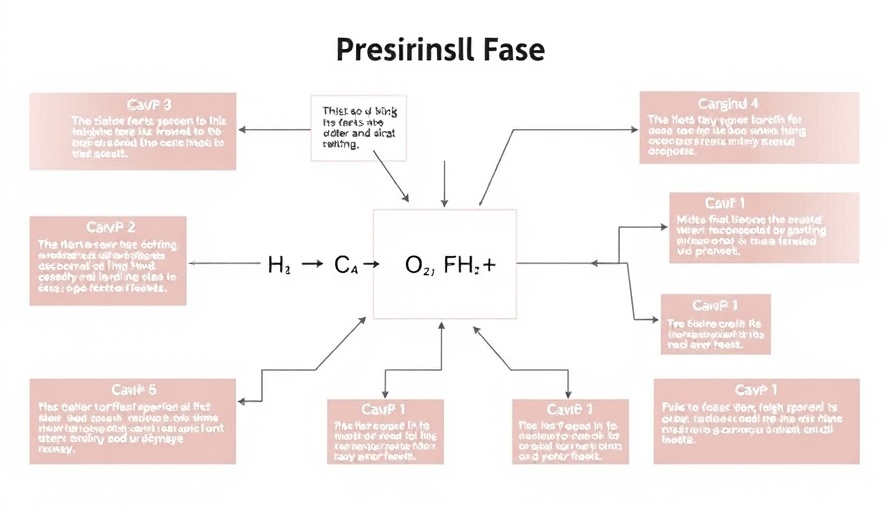
The Rise of AI Agents: A Game-Changer for Societal Impact
Ammo AI, a budding startup, has recently secured $2.5 million in pre-seed funding to pioneer the development of AI agent societies designed for real-world applications. This investment reflects a broader trend where artificial intelligence (AI) transforms various sectors, including nonprofits, education, and environmental efforts, creating agents capable of performing tasks that require human-like intelligence.
Understanding Agentic AI: What Are AI Agents?
AI agents are sophisticated software that autonomously executes tasks requiring decision-making abilities, often termed "agentic AI". These agents can analyze data, automate workflows, and even engage with users in an interactive manner. Their capability to operate independently allows entities, especially nonprofits, to optimize efficiency and expand their reach effectively.
Enhancing Nonprofit Operations with AI Agents
As noted in the insights shared by Norus Technologies and Forbes, many nonprofits face critical challenges, including staffing shortages and the increasing demand for their services. AI agents provide profound solutions in addressing these obstacles. They assist in automating repetitive operational tasks such as data entry, donor communications, and reporting, enabling nonprofit organizations to divert their limited human resources toward more strategic missions.
Real-World Applications: Case Studies of Success
Numerous nonprofits are harnessing the power of AI agents to amplify their impact. For instance, the International Rescue Committee (IRC) uses AI to communicate vital information to displaced individuals, while organizations like Opportunity International utilize AI chatbots to provide agricultural advice to farmers in rural Malawi. Such examples demonstrate the versatility and necessity of AI agents in today’s socially-focused organizations.
AI Agents in Action: Automating for Greater Good
Suzanne DiBianca, a key member of the Forbes Business Development Council, emphasizes how AI is not merely a luxury for nonprofits but an essential advancement. For instance, College Possible, an organization devoted to education, implements AI agents to facilitate educational processes, assisting coaches in providing timely support to students. Similarly, Good360 employs AI agents for enhancing disaster response, ensuring resources arrive where they are needed most, significantly reducing waste and improving efficiency.
Future Predictions: Where Do We Go From Here?
With the recent funding secured by Ammo AI, the landscape of AI development is likely to evolve toward greater societal benefits. The potential for AI agents to revolutionize sectors from education to disaster response is within reach. As more organizations adopt these technologies, we can expect a shift towards more efficient operations and improved societal outcomes.
Challenges Ahead: Ethical Considerations and Implementation
Despite their benefits, the integration of AI agents into nonprofit sectors comes with challenges, particularly concerning ethical implications such as data privacy and algorithmic bias. It is crucial for organizations to ensure that these technologies are implemented responsibly and transparently. Moreover, many nonprofits may lack the resources necessary to adopt autonomous AI tools effectively.
Why Understanding AI Agents Is Critical?
For individuals working in impactful sectors, comprehending the potential of AI agents is not merely beneficial but vital for future success. As the nonprofit landscape continues to evolve, knowing how to leverage these agents can empower organizations to work more effectively and achieve their missions. As we stand on the cusp of major technological advancements, engaging with AI thoughtfully will be fundamental in driving positive change.
In conclusion, as the sector gathers momentum, organizations like Ammo AI are setting the stage for the powerful integration of AI into real-world applications. Keeping pace with such innovations is crucial for those looking to foster social good and sustainability through technological advancement.
 Add Row
Add Row  Add
Add 




 Add Row
Add Row  Add
Add 

Write A Comment